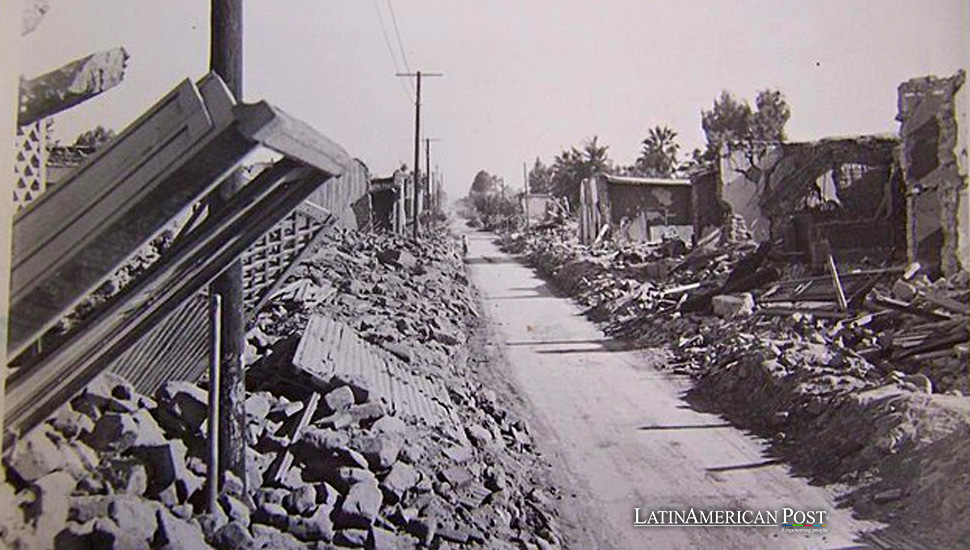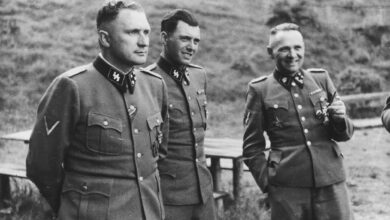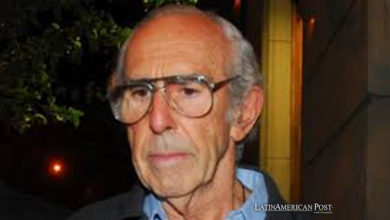1944 San Juan Earthquake: Remembering Argentina’s Worst Natural Disaster

The strong earthquake that shook the Argentine province of San Juan on January 15, 1944, causing the death of some 10,000 people and almost destroying the provincial capital remains, eight decades later, the worst natural disaster in the history of the South American country. . .
Seismic Alert: San Juan at the Epicenter
When the earth began to shake, it was just over ten minutes before nine at night in San Juan, a mainly wine-growing city in the Argentine region of Cuyo, on the eastern side of the Andes mountain range.
According to the censuses of the time, the provincial capital had about 80,000 inhabitants in 1944.
Most of them lived in adobe houses that could not withstand the force of the main earthquake, which had a power of 7.0 on the Richter scale, which quantifies the energy released by earthquakes.
According to witnesses, the ground in San Juan and its surroundings shook for thirty seconds.
Several aftershocks during the night and the next day further aggravated the situation.
Analysis after the earthquake calculated that its epicenter was located about twenty kilometers from the city, in the department of Albardón, at an estimated depth of 16 kilometers.
Floods, fevers, and insecurity
In the days after the earthquake, torrential rains devastated what little remained of San Juan, where 80% of the buildings had already been destroyed.
Homeless corpses and wounded people piled up in the streets, the authorities proceeded to cremate bodies and the action of medical services was necessary to stop the spread of typhoid fever.
Hospitals in the neighboring provinces of Mendoza and San Luis, where the tremors were also felt, treated those affected by the catastrophe for several weeks.
Security in what remained of San Juan was also completely broken, and it was necessary to decree a curfew to prevent acts of looting.
“Where should the city be rebuilt?”
As the fateful day of the earthquake receded and the remaining buildings completely collapsed or were reduced to rubble for safety reasons, the residents of San Juan began to wonder about the future of their city.
Public opinion was divided into two sectors, the “transferistas”, willing to rebuild San Juan in another part of the province; and the “quedistas”, supporters of raising the foundations of the capital on the remains of the original city.
“Where should the city be rebuilt?” asked the management of the newspaper Tribuna de San Juan in an editorial published on March 29, 1944.
“There are many who – without knowing a word about urban planning, politics or sociology – speak with wise authority as if in their lives they had done nothing other than rebuild cities,” they criticized.
Finally, the people of San Juan decided to return to settle on the site of the old capital.
The Argentine Government, then led by the de facto president, Edelmiro Farrell (1944-1946), created a Reconstruction Council specific to the case of San Juan.
This body, together with the National Mortgage Bank and the Provincial Housing Institute, continued to face the complex process of reconstruction of San Juan already during the first presidency of Juan Domingo Perón (1946-1955).
San Juan, architectural experiment
During the following decades, San Juan experienced a true process of transformation.
The characteristic baroque facades of buildings such as the Cathedral Church of San Juan were replaced by sober concrete walls, in line with the architectural trends of the time.
San Juan was an urban manifesto of the modern movement before Lúcio Costa and Oscar Niemeyer projected the pilot plan for Brasilia in 1957 or the Swiss Le Corbusier did the same with Chandigarh (India).
Eighty years after its most devastating earthquake, the province of San Juan has continued to suffer periodic tremors of varying strength and severity, the last in 2021, in the so-called Oasis of Tulum, where there were no deaths, but material damage was recorded.
Read also: Discovering ancient wisdom at the Andean School of Spiritual Guides of Bolivia
According to the National Institute for Seismic Prevention of Argentina (Inpres), the province of San Juan is the one that presents the greatest danger of earthquakes in the entire country.
The boundary between the Nazca tectonic plates (east of the Andes) and the South American plate (to the west) is one of the points of greatest seismic activity on the planet. Still, earthquakes are usually concentrated on the Chilean side of the mountain range.





